In the age of recession, higher food prices and preparing for the future, gardening is a viable option for many. Start a bit simpler with herb gardening.
This post may contain affiliate links. See my disclosure policy for more info.
Beginner's Guide to Herb Gardening
In the age of recession, higher food prices and preparing for the future, gardening is a viable option for many. You don't have to create a full-grown garden with vegetables and fruits. But, if you have had that vision, start a bit simpler with herb gardening. It can be the perfect step into more advanced gardening projects.
An herb garden is simply a garden devoted to herbs. We all know about herbs. They are available in stores in dried and fresh form. If you've ever had a recipe created with fresh herbs as opposed to dried herbs, then you know that there is no comparison (we'll discuss this more later). Herbs are typically not that hard to grow and have many uses to benefit not only your family but others as well.
Do you want to know more?
In this report you will find out what you need to know to get started with herb gardening. This includes:
- Benefits of an herb garden
- Choosing herbs for our garden
- Herb garden design
- Choosing a spot for your herb garden
- Caring for a herb garden
- Indoor herb gardening
- Harvesting herbs
By the time you are finished reading this guide, you'll be armed with the knowledge needed to decide if herb gardening is right for you.

BENEFITS OF HERB GARDENING
Freshness
As we said above, fresh herbs are beyond compare. There are more nutrients made available for the body when using just-picked herbs in your salads, main dishes and beverages. You'll always have a fresh supply of whatever ingredient you need outside your door or in your kitchen.
Flavor
Many of the natural flavors in herbs are released when picked at the height of freshness. In the grocery store, you can't be sure how long the herb plants have been sitting there, and their viability is only guaranteed for a certain time. With dried, the flavor is not as intense even if you roll them in the palm of your hand before adding them to your dish.
Save money
Fresh herbs are expensive in the store. And, most of us tend towards wasting the majority of it because we only need it for one meal. It's more cost effective and easier to pick what you need right out of your garden. There is no waste and the cost per usage is much, much less.
Variety
Did you know that there are over 30 types of basil? The one offered in stores, sweet basil, is only the tip of the iceberg. What if you could flavor your spaghetti sauce with Italian basil or dark opal basil? The differences in taste are enough to change your entire dish. Experimenting with different herbs is much easier than trying to find them in specialty stores.
Health
Fresh is always better than processed when it comes to foods that we eat. In fresh form, the nutritional value is much higher than with heavily processed ingredients. Many herbs are so delicious that they can be pinched off and eaten just like they are. Also, the process of gardening offers a bit of exercise. It can build muscles and endurance to pull weeds, plant seeds, harvest and water all of your plants. Gardening makes a great stress reliever as well.
Community
Why not share a good thing? Herbs propagate well, so offering some to friends and other family members will add a bit of health, variety and flavor to their lives as well. Encourage others to begin their own herb gardens.
Medicinal purposes
For centuries, herbal remedies were used as the primary means for treating illness and disease. Today, many have returned to the old ways of healing. For instance, lemon balm can be used to fight fatigue. Ginger is good for nausea. Chamomile is a mood soother. Basil is an anti-inflammatory with antibacterial properties. Peppermint is great for headaches. Many herbs can be eaten directly or made into teas, salves or poultices for use.
Now that you are aware of some of the benefits of owning an herb garden, it's time to begin planning your project.
PLANNING YOUR OUTDOOR HERB GARDEN
Favorite Herbs to Plant
Before you take the next step, it's time to choose the herbs that you want to plant. There are several that are popular. Just look at the jars of dried ones in your kitchen cupboard. What others might you add for a variety of other needs, like teas and home remedies?
There are three types of herbs: annual, perennial and biennial. Annuals are plants that bloom for one season and then die off. Perennials bloom each year in their season once they are established. They lie dormant in the winter (called "overwintering"). Biennials are rarer. They live for two seasons but only bloom during the second season. Most would rather use full plants and replant them every year.
Here is a cross section of herbs that you might want to begin with.
Choose maybe two or three to start and then add others.
- Sage - strong herb, perennial, short to medium, full sun
- Thyme - good accent flavor, perennial, short, full to partial sun, grow from seed, cutting or mature plant
- Basil - good accent flavor for foods, annual, short, full sun, best grown from seed, seedling or cutting
- Cilantro - strong flavor, perennial, tall, full to partial sun, best grown from seed
- Oregano - good accent flavor, perennial, tall, full sun, best grown from seed
- Chamomile - good accent flavor, perennial, short, full sun or light shade, can be grown from seed
- Mint - good accent flavor, perennial, medium, full sun to full shade, can grow from seed or seedling. Take measures to restrain it so it doesn't overgrow the garden
- Rosemary - strong herb, perennial, short, full sun, best grown from seedling or cutting
- Chives - good for blending, perennial, short, full sun to partial shade
- Parsley - cousin to cilantro, great for blending, biennial, short, full sun to partial shade
- Dill - strong accent flavor, perennial, tall, full sun, best grown from seed; keep away from fennel as it will cross pollinate and produce odd-tasting seeds. Avoid tomatoes as well in the garden
- Lavender - good scent, perennial, medium, full sun, can be grown from seed
- Fennel - good accent flavor, tall, full sun, best from root cuttings but can grow from seed and seedling; keep away from dill in the garden

HERB GARDEN DESIGN
You don't have to do a full landscaping layout if you don't want to. Some people will use a traditional circular garden with two intersecting paths creating four separate gardens. Others choose a criss-cross pattern. You can decide how you want to lay out your garden. If you don't have a lot of room, creating a simple plot area will also suffice. Here are some ideas.
Group like herbs together by theme
Themes could consist of culinary herbs, medicinal herbs, or even aromatic herbs. This is a good choice of theme for a traditional herb garden design. Annuals and perennials are best grown separately. It makes for easier work when reseeding next season.
Group like herbs together by growing requirements
What are the growing requirements? There is amount of sun, height of plant, soil drainage, soil quality and growth rate to consider. It is important to know the various requirements for herbs, especially if you decide to sow them between different vegetables in your already established garden.
Growing herbs with vegetables
This is perfectly acceptable with a few tips. Be sure to seed shorter herbs where they can get full sun and not be overshadowed by tall vegetable plants. The same goes for tall herbs overshadowing shorter vegetable plants. Get familiar with problems concerning cross-pollination.
For example, fennel and dill will cross-pollinate and create odd-tasting seed. Mints can become invasive and take over your herb or vegetable garden area. Avoid planting dill near tomatoes. Borage can pick up the squash vine borer if planted near this vegetable and turn into a sticky mess that needs replanting.
Raised beds
Raised beds can be an option for herb gardening. They are decorative and can be fashioned in any design you like. You can group herbs together as you like and avoid a lot of maintenance. Make sure to raise them high enough for herbs that have deeper roots. Pest control is easier to manage and so is weeding. Raised beds also help with soil quality problems. Even in raised beds, though, invasive herbs will still keep better when planted in soil in their pots.

GARDEN LOCATION
For outdoor gardening, location is everything. Here are a few things to consider in the process.
Sunlight
Herbs need everything from full sun (about 6 hours a day) to full shade. Full sun plants would probably perform better on the south and west side of the house; full shade on the north or east side. Again, it all depends on how your house is situated on your land. Basil, oregano, garlic, chamomile, cilantro and thyme are among the herbs that don't mind full sun. On the shadier side, you have parsley, chives, lemon balm, ginger and mints.
Amount of moisture
Will you need wet soil or dry? Most herbs will not grow if the soil is too wet. Some which are native to Mediterranean climates (like oregano and thyme) are accustomed to drier, more rocky soils that provide good drainage. After all, that is what you want in your soil, good drainage.
Growth
How well will the herbs propagate? Will they grow closer to the ground or taller in the air? We've touched on this subject already. Some plants are also invasive, meaning that they will try to take over the garden if they are not contained to a pot even when planted in the ground. Fennel, rosemary and dill are typically the tallest of the herbs while thyme, oregano, parsley and some varieties of mints are on the smaller side.
How much room do you need?
With herbs, the answer is very little. You can get away with a 20x4 plot and grow a fair number of herbs in that space, when taking into account your growing requirements. Raised beds provide a more decorative separation of plants based on height, soil quality, moisture and sunlight. Container herb gardening (we'll discuss this late in the guide) is also a great way to separate and showcase your herb choices.
Soil conditions are important for any garden but especially herb gardening. Most herbs are easy to grow but can be just as easily destroyed with the wrong soil composition.
Drainage
Check around your gardening area. How is the drainage? If you notice puddles of standing water or plants that have shifted due to run-off issues, then choose a more stable location for your herbs. Fertile soil will produce quite bushy and abundant herbs.
If your soil is filled with clay then that could be a problem, but it can be easily fixed. The ideal soil will be a 50/50 mix of solids and porous space that allows water, air and other nutrients to permeate through and reach the roots of the plants. Some clay is okay, as a part of the solid layer, but silt and sand are also needed. Loam is a 20/40/40 mix of clay, silt and sand respectively.
The first thing to do is to improve the drainage of the soil. Before planting your herbs, remove a 15- to 18-inch depth of soil in the area that is slated to be used for the garden. Add about three inches of crushed rock or other material which will help water drain away from the plants to prevent them becoming too wet.
Next, mix the removed soil with some organic matter like peat and sand or compost. This provides more nutrients and adds richness to the soil that it might otherwise not have had. Refill the bed with the soil, making sure that it is higher than the surrounding soil. This accounts for the fact that the soil will settle and the level will drop.
BASIC CARE OF AN HERB GARDEN
Now, you will have to do some maintenance in your garden if you want it to look nice and also to thrive as best it can. Here are a few best practice tips for caring for an herb garden.
Fertilizer
Herbs can stand a bit of fertilizer but not much. Mixing in compost does provide a better quality for growth but you won't get as good a return on your herbs as possible. On the other hand, over fertilizing can result in excessive growth but not necessarily good quality herbs.
Organic fertilizers are produced from plants and animals. This includes manure, dried blood, kelp and bone meal. The downside to using this type of fertilizer is that there is no balance to the minerals within it so you may have to use a trial and error process to get just the right mix for your herbs.
Inorganic fertilizers are the ones that you can buy from the store that state what type of mix it contains, such as 10-10-10 or 5-10-20. These numbers refer to the amount of nitrogen, phosphorus and potassium in the fertilizer, respectively. Usually, you are good with either of these mixes as long as nitrogen isn't more than 20 percent of the mixture.
Follow package instructions for fertilization. Use a spreader to ensure even placement throughout the entire bed. Usually this process will need to be repeated halfway through the growing season for continued growth.
Adding a fertilizer will result in plants that can resist disease and insect pests. Also, the overall look of your herbs will be healthier.
Turn your soil over with a spade before you begin to plant seeds or mature plants. A technique called side dressing is one way to re-fertilize your plants later on. Create a trench on one side of your bed, about 4 inches deep. Add the fertilizer and then cover it over with the removed soil. The nutrients will reach your plant roots as they are watered.
Watering
Herbs do not need to be kept soggy wet. The last thing that you want to do is to over water your plants. This can lead to mildew on the leaves and stems. Even the roots can begin to rot and your plant will be ruined.
So, how will you know how much water to use? In small herb gardens, utilize water globes. You may have seen them on television. Fill these ornamental bulbs with water and then invert them in the soil. As the plant needs more water it will slowly leak into the soil. If you have a large herb garden, try using soaker hoses buried under mulch to regularly apply needed moisture to your plants.
Pruning and pinching
This is the process by which leaves and flowers are removed from the herb plants. Most herb leaves are removed by pinching them just above the point where other leaves emerge from the stem. This works for basil. For others, like dill, cut away leaves at a point where they meet the main stem of the plant. You'll have to find out for each herb where the best place to remove leaves for eating is.
To encourage the growth of more leaves, pinch off any flowers when you first notice them beginning to grow. For some herbs, the beginning of flowering is often the end of the season for them. You can collect the seeds before it dies and replant them next season.
Raised beds
We discussed them earlier. It is one way to plant an herb garden and not have to worry as much about pests and weeding.
Growing from Seeds
Some herbs grow better from seeds. These seeds can be sown right in the ground or in pots or window boxes and then transplanted into our outdoor herb garden when they are well established.
Choose the seeds that you will begin with. An earlier section of this guide offered a sampling of some of the herbs that might be included in a beginner's herb garden, depending on the purpose for the plants (eating or medicinal).
Sowing seeds outdoors
Soak them in water overnight before planting them. Slightly wet the soil and make sure that it is loose in your hand. Be careful not to sow the seeds too deeply. Fine seeds like marjoram can grow better when mixed with some sand. Larger seeds can be covered with up to an eighth of an inch of soil. Use fine spray mist to water the seeds while germinating. Cover them with wet paper to preserve moisture until seedlings appear.
Sowing seeds indoors
Use clay pots or even paper cups to sow your seeds. Be sure that there are holes in the bottom for proper drainage. For window boxes or pots you can use commercial potting soil that has a good mix of solids for proper nutrition and drainage. Fill the containers to the top with the soil. Sow your seeds sort of shallow, only three times deeper than the size of the seed.
Add water to your seeds and cover them with plastic wrap. Put your containers on a flat surface and place them in an area with full sunlight for at least five hours a day. Check your soil daily to see that is remains moist. Once the seedling pokes through, remove the plastic wrap from your containers. At this point you can also begin watering them from the bottom to avoid damping off - a disease caused by over watering in which the leaves begin to fall off and the plant dies.
Transplanting seedlings
Wait until at least two sets of leaves are present on the seedling. If it is winter, continue to maintain your seedlings indoors and then move them to an outdoor bed in the spring. As spring approaches, you can set the pots outdoors for a few hours so the seedlings become acclimated to the cooler temperature.
Pinch off the lower set of leaves. Turn the pot upside down to remove the seedling and its soil. Be careful not to pull on the leaves or the stem. Dig a hole in your herb garden deep enough to cover the seedling up to the area where you pinched off the second set of leaves. Cover the seedling with soil and water once a day the first week and twice a week thereafter. As the plant grows, cover the beds with mulch to help with discouraging weed growth.
Some herbs like rosemary, thyme and chives can be bought as mature plants. They can be nurtured indoors in harsh weather and then replanted outside in the herb garden in warmer weather.
INDOOR HERB GARDENING
Herb gardening is not just for outdoors. You can begin a delightful and delicious herb garden indoors by planting seeds in pots, window boxes or hanging baskets.
Benefits of Container Herb Gardening
Here are some of the benefits that can be obtained from planting herbs indoors.
Convenience
When you want herbs, they are right there on your window sill. Also, the temperature can be regulated better inside because you are not subject to changes in climate.
Mobility
When the sunlight moves, you can move your pots around. Even moving them outdoors if you want is an option when they are grown in pots.
Protection
When you use potting soil, you still need to fertilize but you don't have to worry about weeds and soil or flying pests. Your herbs can winter over in the house.
Some plants like dill, mints and garlic and chives are best in pots because they don't play well with others. Garlic and other onion plants can be too strong to be in close quarters with other herbs. Mint and bee balm can take over your garden, so keeping them in pots is recommended even if you decide to plant them in the garden. It will contain their growth.
Versatility
You have a variety of choices for displaying your herbs. We mentioned them: window boxes, hanging baskets and large or small pots. You can even plant herbs in an old shoe that you want to use it as a planter. When using clay pots, they will need to be soaked in water before planting anything in them. Otherwise, the clay will pull moisture from the soil.
HARVESTING HERB GARDEN
When herbs begin to show new leaves you can harvest them for use. Pinch or snip off whole stems to encourage increased foliage. But, don't harvest more than you can use or it will go to waste. Once you begin to use your herbs then you will better be able to tell how much you are using regularly. Again, each plant is different so check to see what the best way to harvest them is.
CONCLUSION
Herbs make a wonderful addition to your garden. You can cook with them in sauces, stews, soups, casseroles, beverages and use them as garnishes. They make wonderful editions to cooking oils to add flavor and depth to meals.
Many herbs have medicinal properties that you can take advantage of. Just be sure to let your doctor know if you are taking them. Ginger tea (for nausea) made from the garden is much cheaper than buying a remedy at the store.
Herb gardening is not as hard as you think. Herb growing kits can be bought online or in your lawn and garden store to assist you in getting started. Once you get the hang of things, you can move to a larger selection of herbs. This is one way to begin a move towards growing your own food for convenience, cost savings and health.
Follow us on Pinterest and PIN IT FOR LATER!
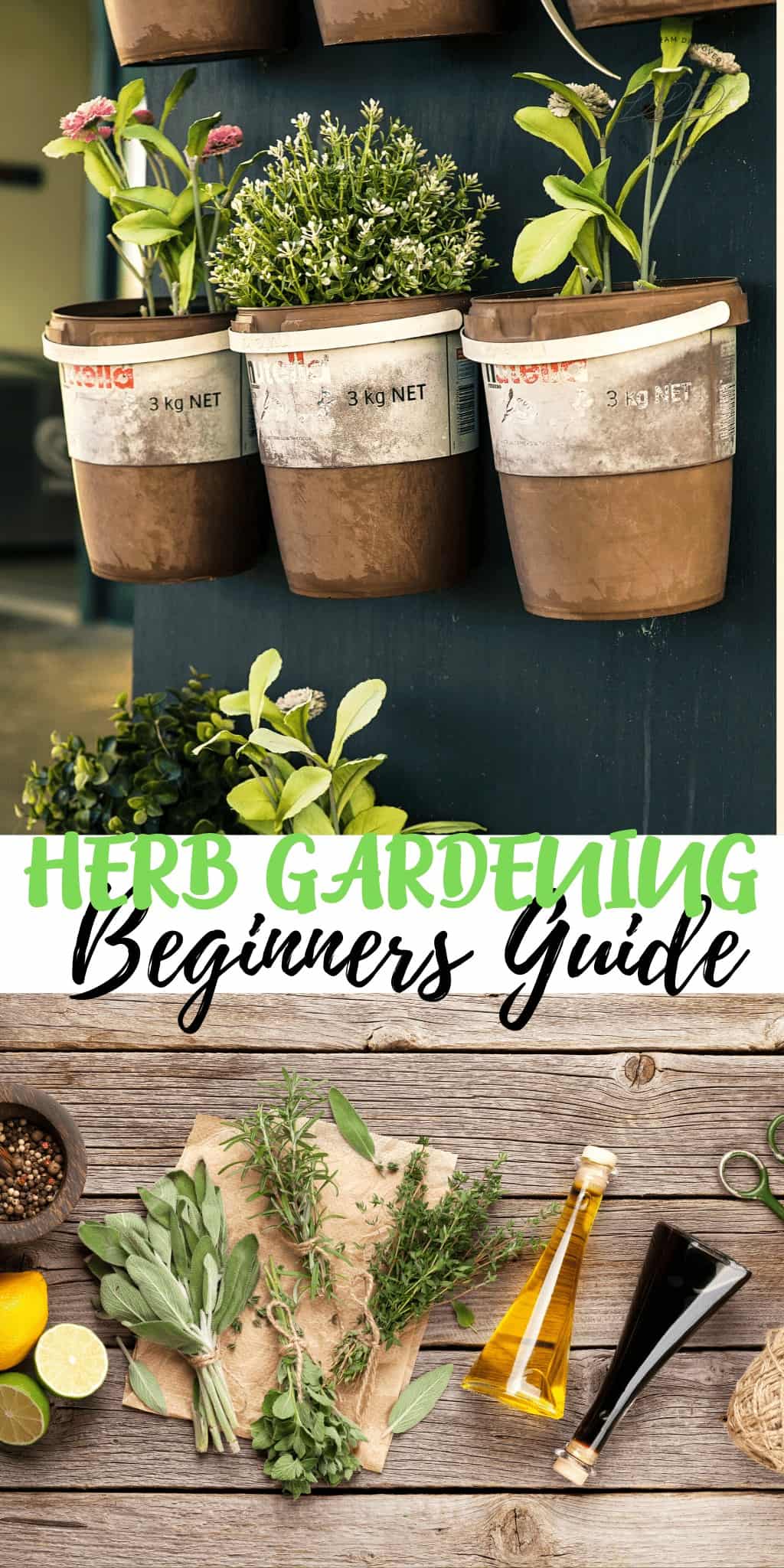
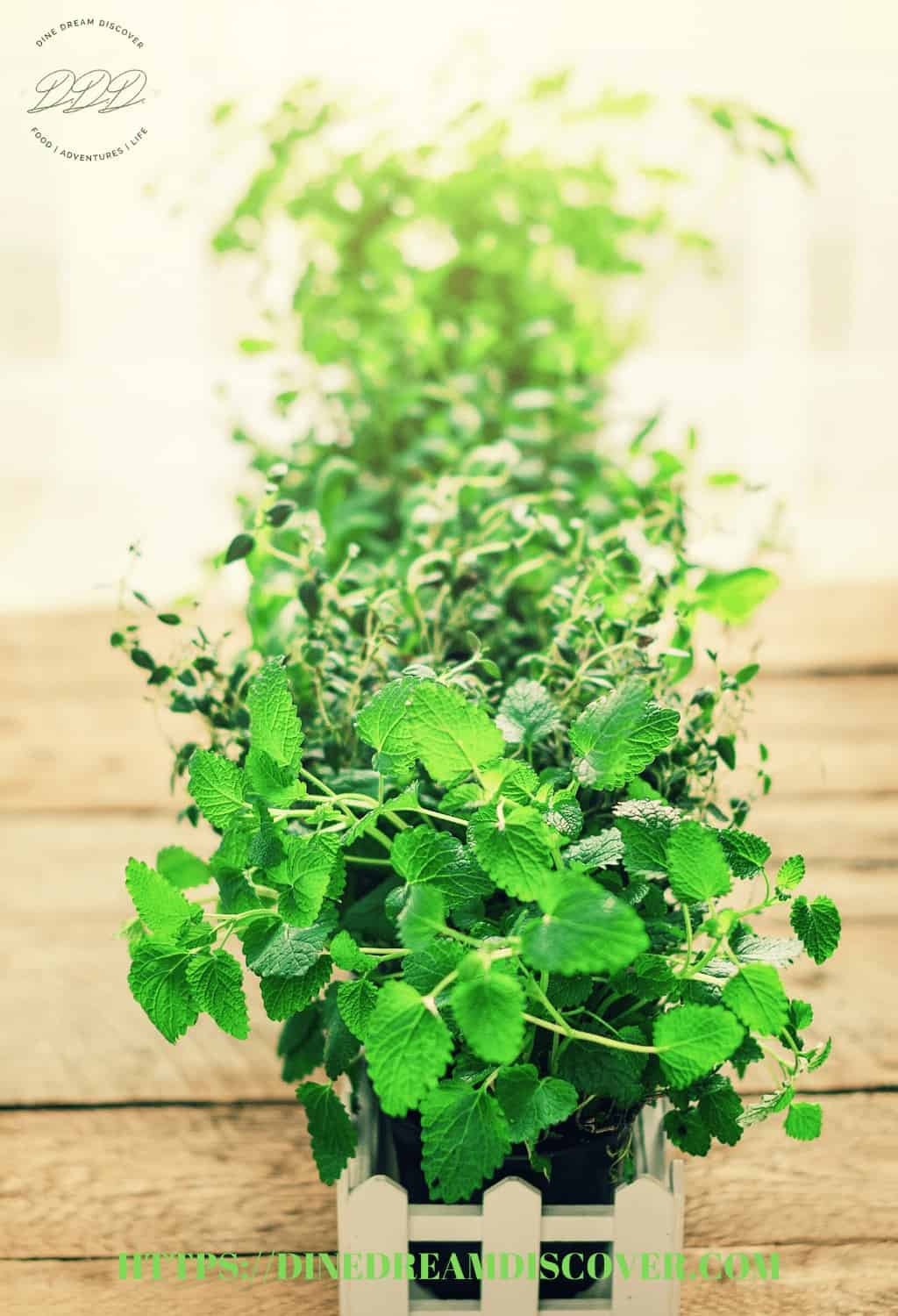
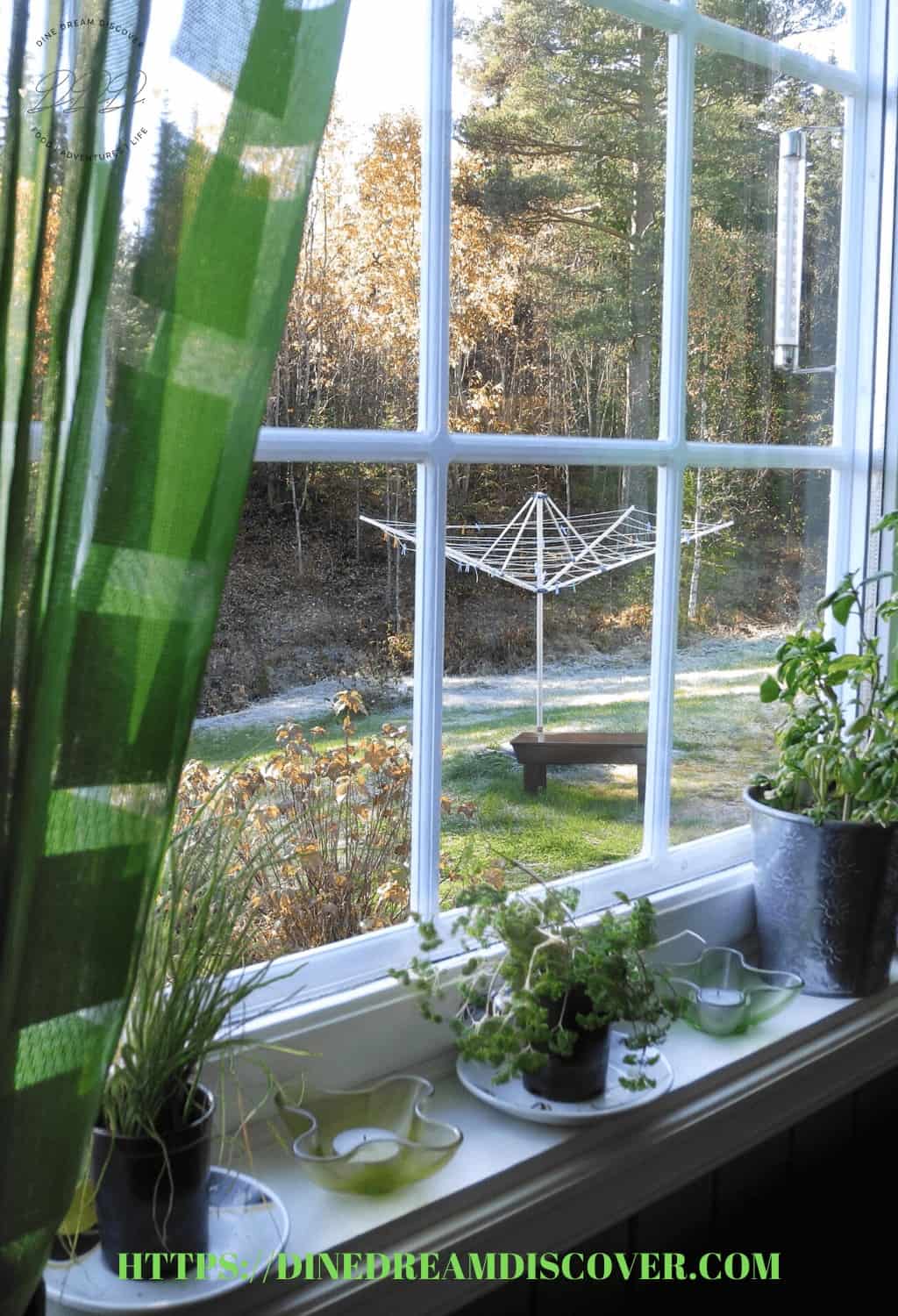
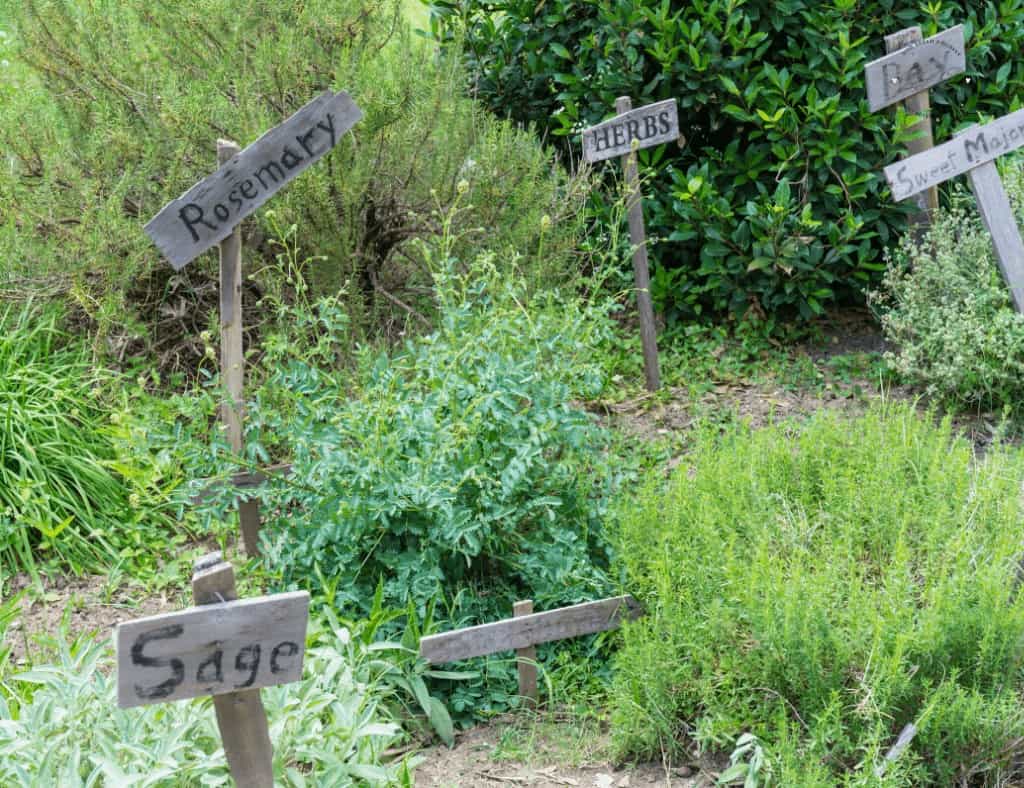


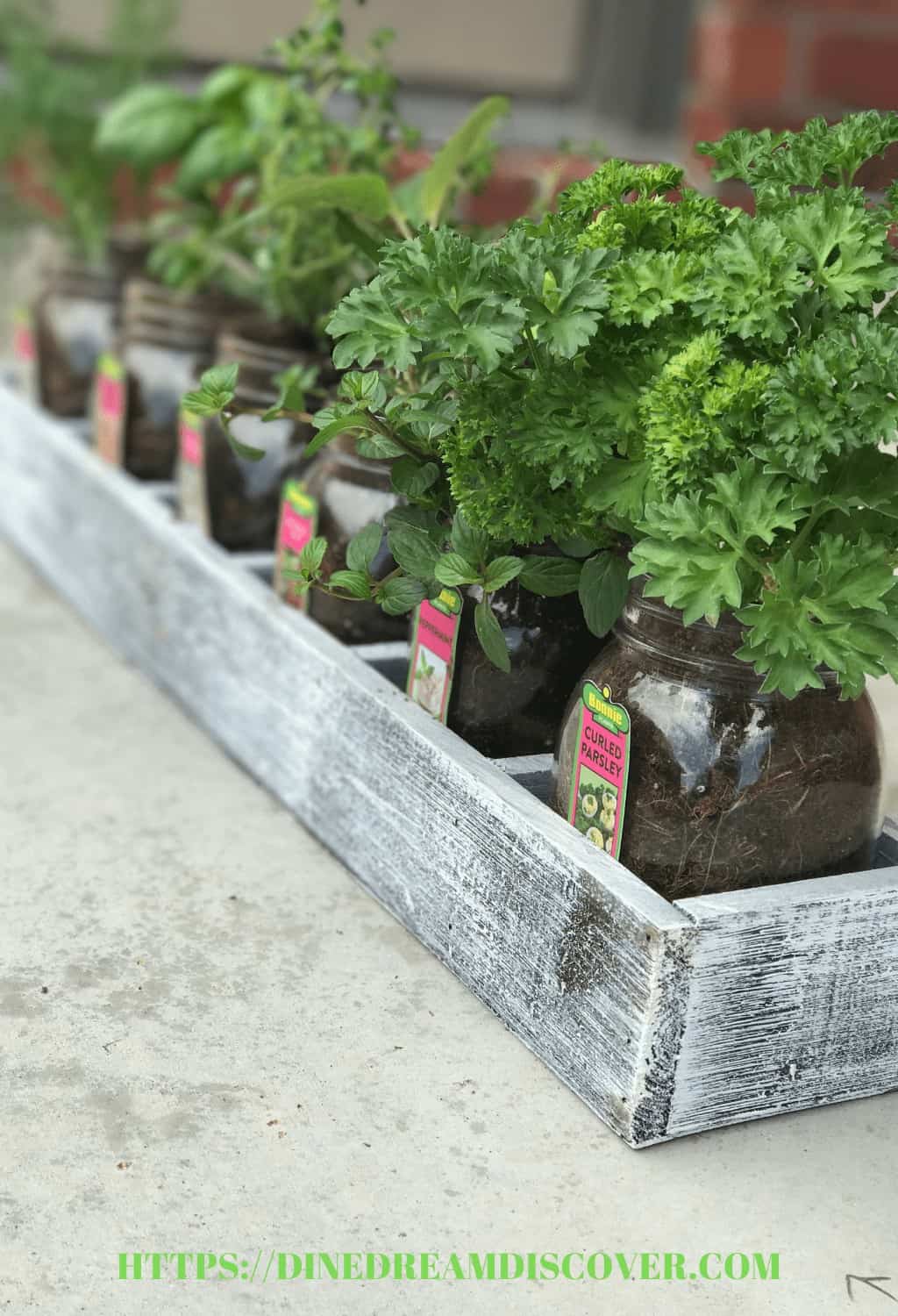
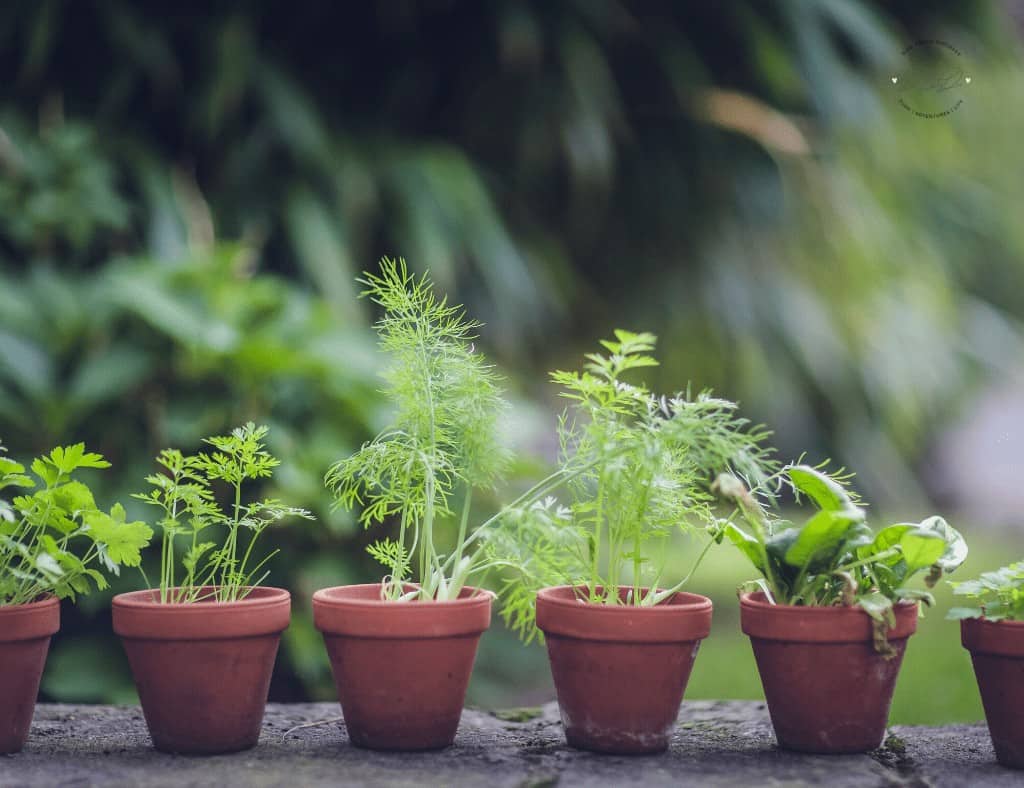
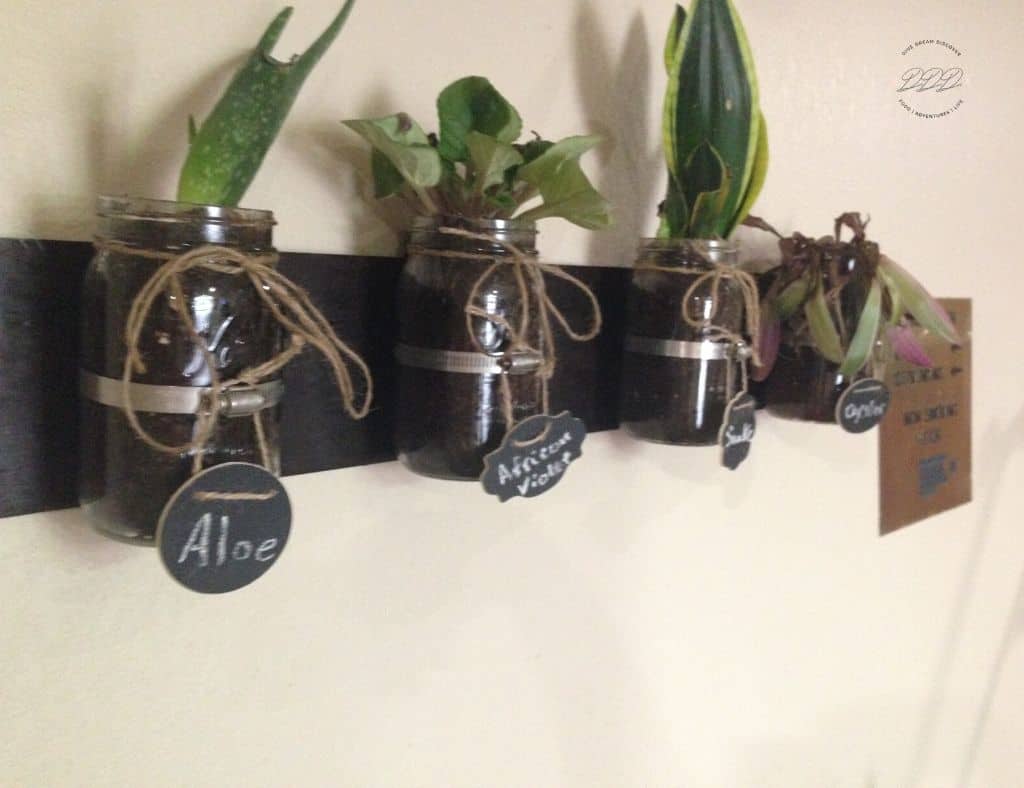
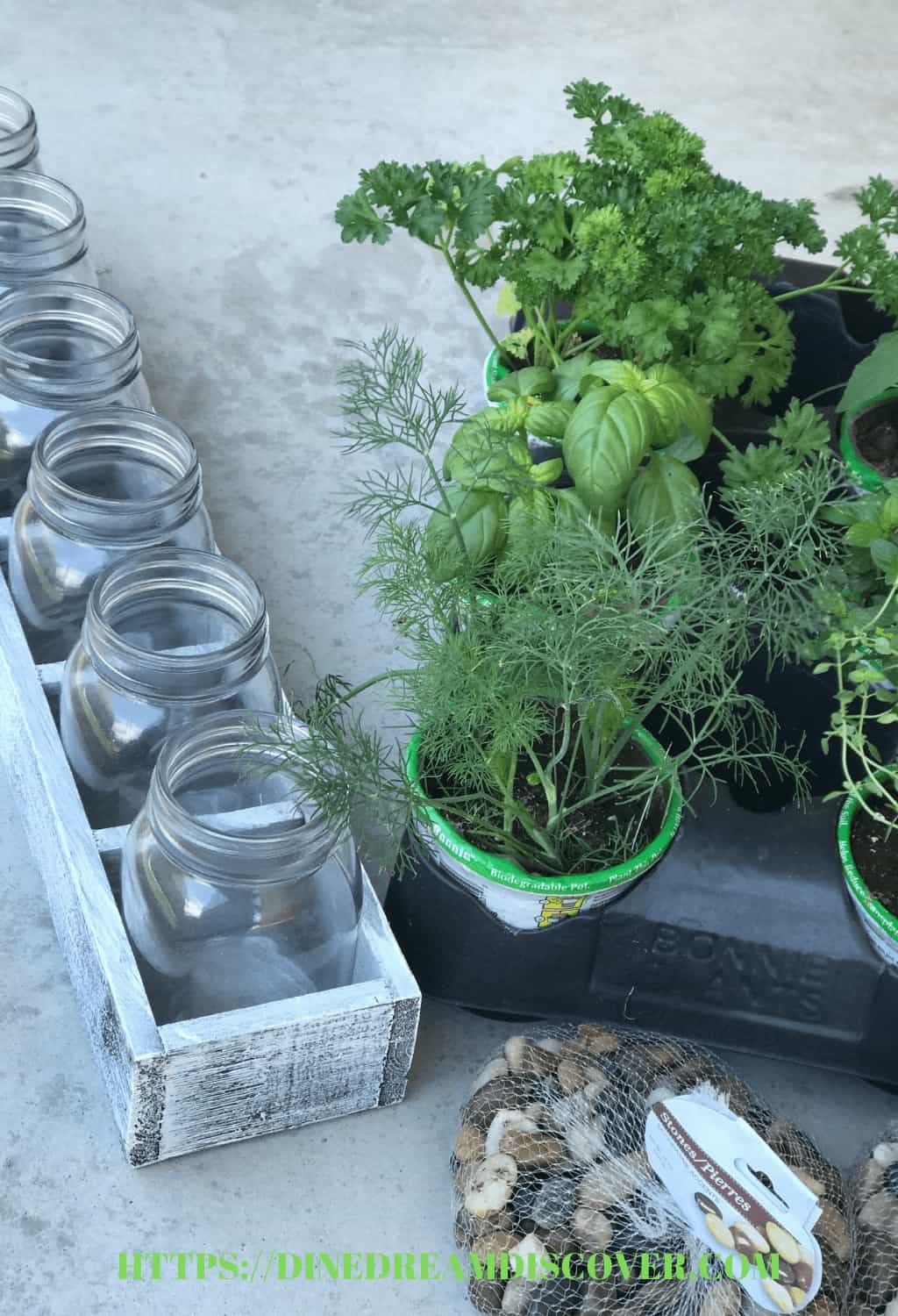
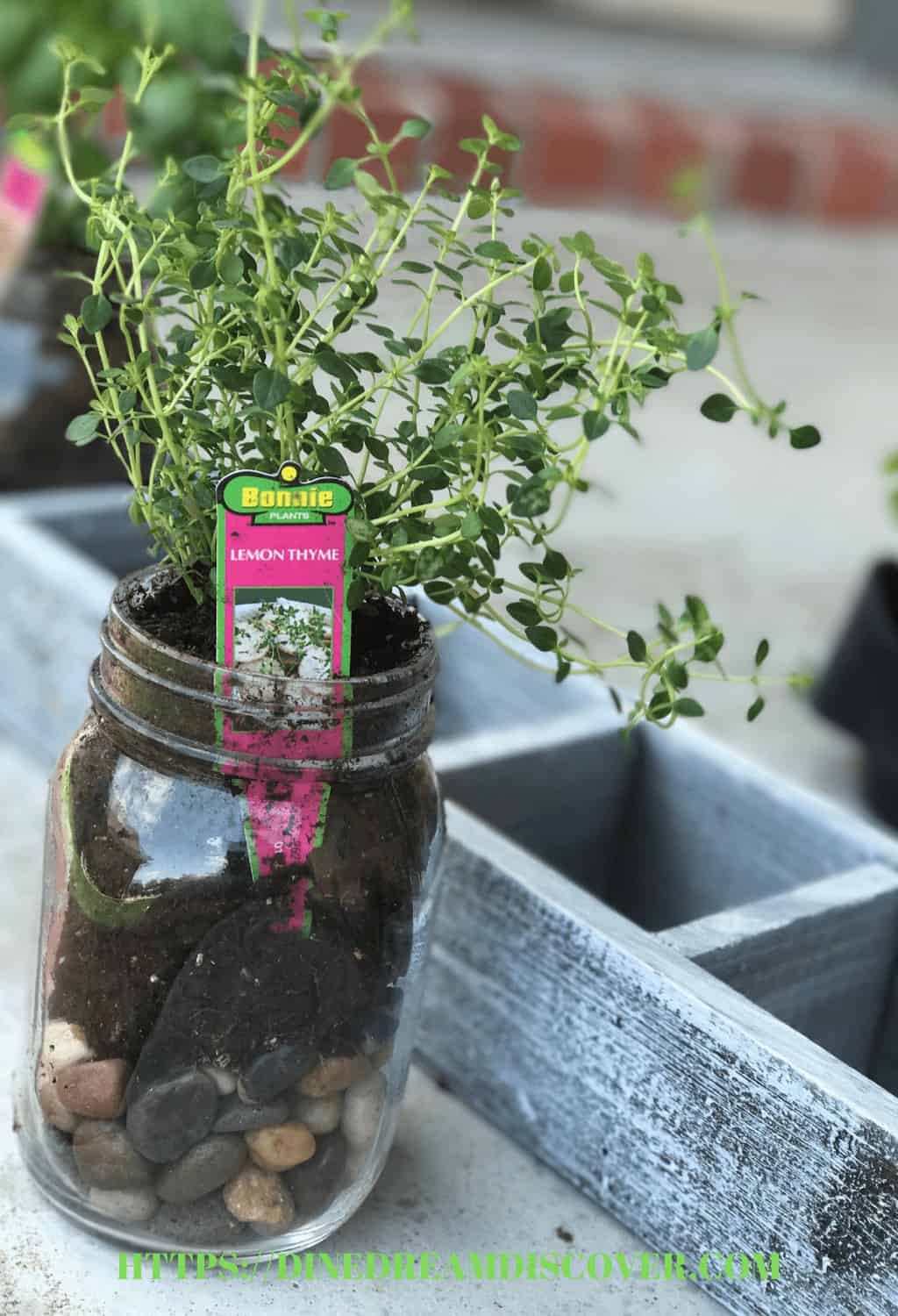
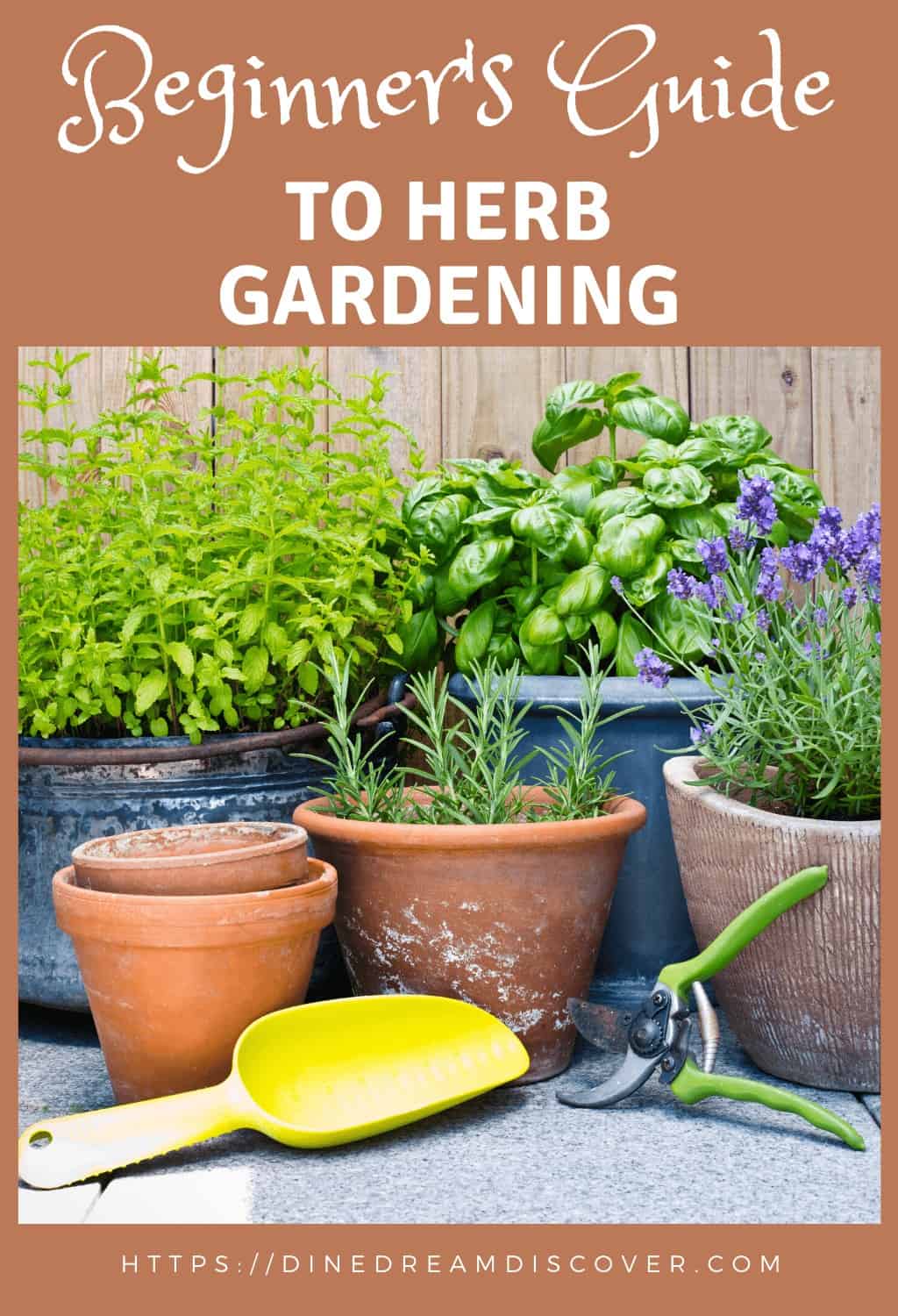
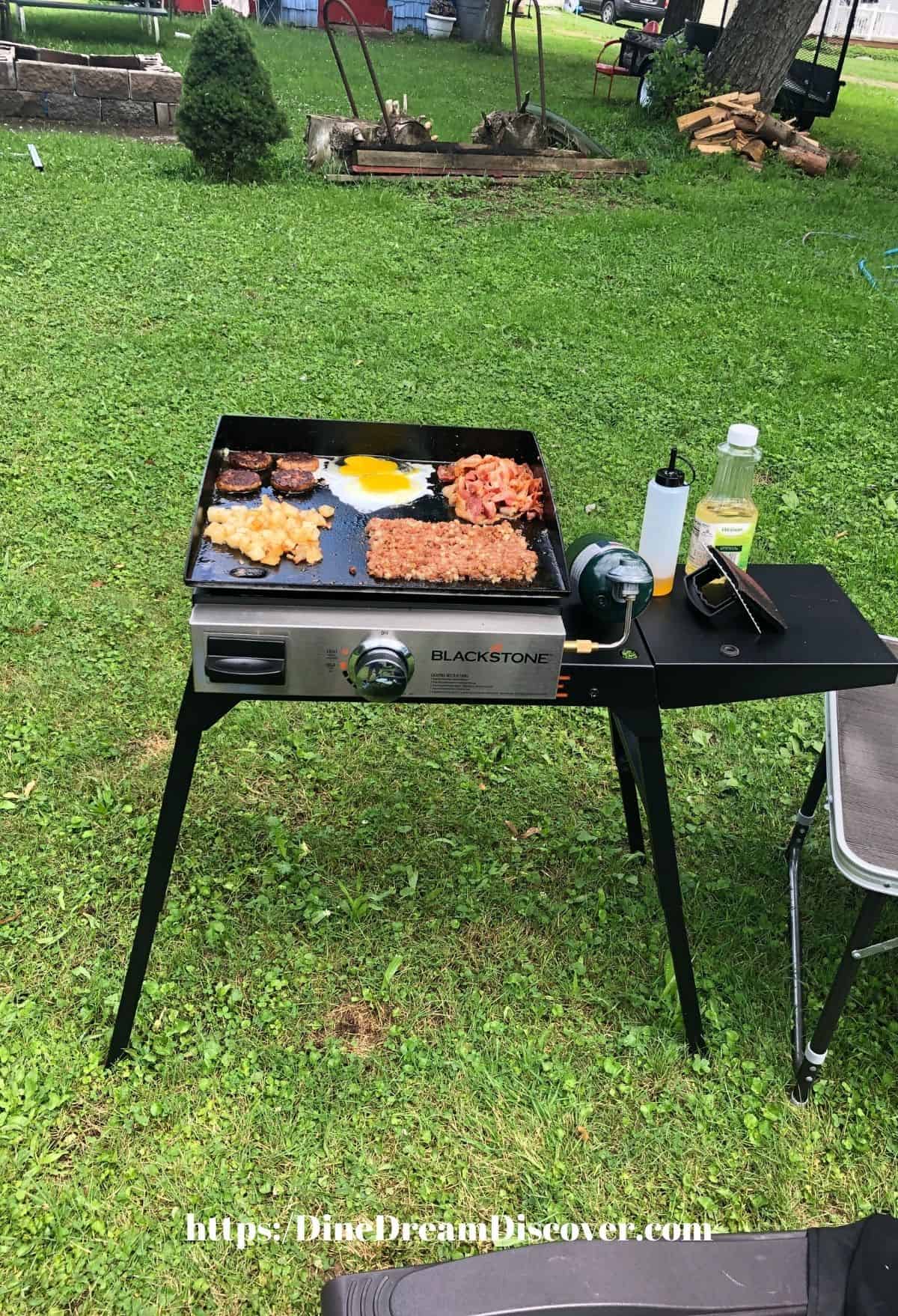
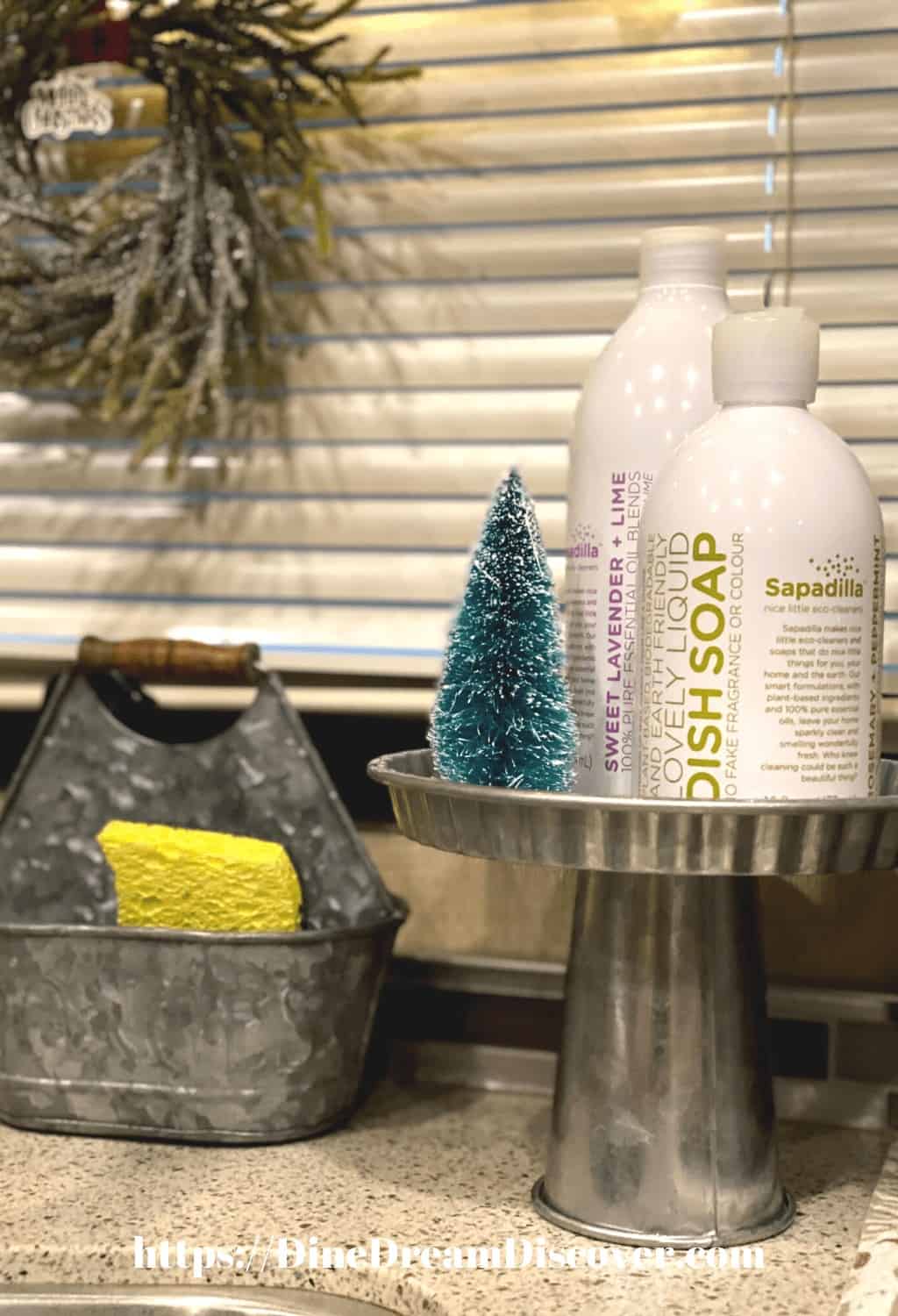
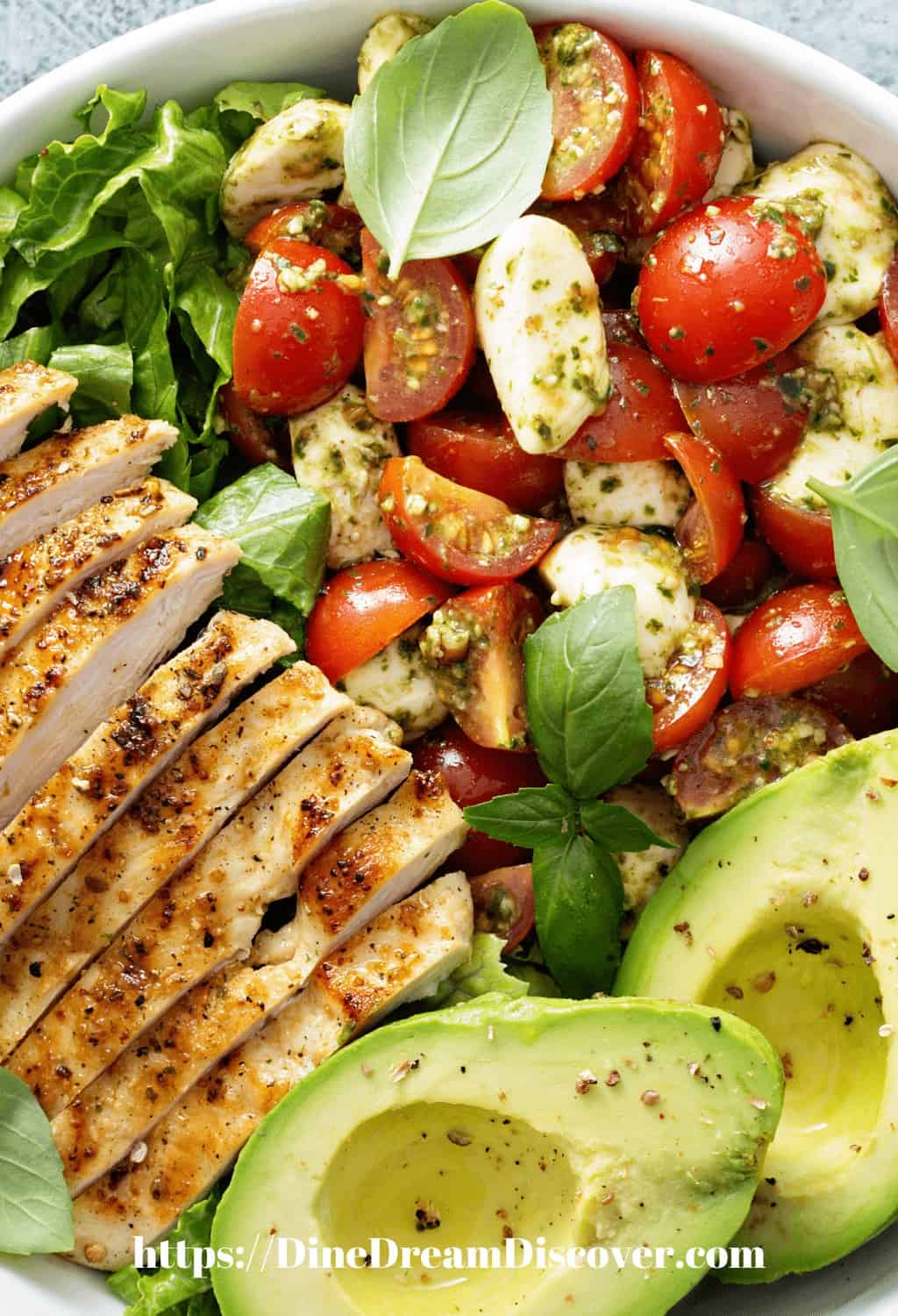

Andrea
I'm definitely one who recently got back into gardening thanks to Covid. I've started growing a little collection of herbs on my balcony. It's a bit hard because it's winter where I am but I'm hoping they'll all have a growth spurt once spring comes. Thanks for sharing all your tips!
Mary
I wish I could have a huge garden but I really don't have a green thumb. 🙁 Good luck with yours.